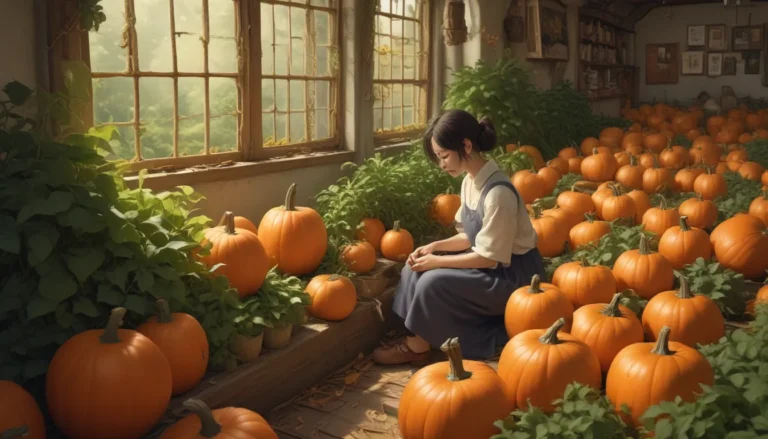Discover the Diverse World of Brambles

Have you ever been grabbed by a tenacious Himalayan blackberry? Or perhaps stumbled upon a native blackberry bush while out for a nature walk? The experience can be both frustrating and exciting at the same time, depending on the location and circumstances.
Today, we are going to delve into the intriguing world of brambles, also known as plants in the Rubus genus. With over 200 species falling under this category, including favorites like raspberries and blackberries, there is so much to learn and appreciate about these prickly yet delicious plants.
So, buckle up and get ready to explore the wonders of brambles as we uncover what they are, their common species, growing requirements, and tips for removal.
What Makes a Plant a Bramble?
At its core, the term bramble encompasses anything in the Rubus genus. These plants are perennials that act as biennials, producing canes on a two-year cycle. While the roots and crowns are perennial, the canes themselves are produced in a two-year pattern, with fruits developing on the second-year canes.
Brambles can be found worldwide and have captured the interest of gardeners and foragers alike due to their tasty fruits. Thanks to cross-breeding and hybridization, we now have delicious varieties like loganberries, boysenberries, tayberries, and marionberries available for our enjoyment.
However, it’s essential to note that not all brambles are created equal. Some species, like the Himalayan blackberry or the European blackberry, can be invasive and troublesome if left unchecked in your yard or garden.
Exploring Common Bramble Species
With over 200 species in the Rubus genus, there is no shortage of diversity when it comes to brambles. Here are some of the most common species you may encounter:
- American red raspberry – Black raspberry – Boysenberry – Canadian blackberry – Cloudberry – Common blackberry – Creeping raspberry – Cutleaf blackberry – Dwarf red blackberry – European blackberry – European dewberry – Himalayan blackberry – Loganberry – Marionberry – Mountain raspberry – Northern dewberry – Red raspberry – Salmonberry – Stone bramble – Tayberry – Thimbleberry – Trailing blackberry – Western blackberry – Wineberry – Yellow raspberry
It’s worth noting that while blueberries and roses are part of the Rosaceae family, they are not classified as brambles.
Understanding Growing Requirements
Most brambles share similar growing requirements, making them relatively easy to care for. Here are a few key factors to consider when cultivating these plants:
- Brambles thrive in moist, well-draining soil. – They prefer full sun, although some species can tolerate partial shade. – Most varieties are self-pollinating, while others may require cross-pollination for fruiting. – Brambles are generally unaffected by the juglone produced by trees like black walnuts.
By meeting these basic growing requirements, you can enjoy a bountiful harvest of delicious berries from your bramble plants.
Tips for Bramble Removal
If you find brambles taking over areas where you don’t want them, it’s essential to take swift action to prevent them from spreading. Here are some tips for effective removal:
- When you spot a cane, immediately dig up the entire plant, including the roots. – Be proactive in cutting down any new canes that emerge to prevent further growth. – Consider using livestock grazing as a natural and effective method of bramble control. – Protect desirable plants from grazing animals by using fencing or other barriers.
By being diligent and persistent in your efforts, you can effectively manage and control bramble growth in your outdoor spaces.
Embracing the Beauty of Brambles
While brambles can be a source of frustration for many gardeners, they also offer a wealth of benefits and delights. From juicy raspberries to sweet blackberries, there is much to appreciate about these versatile plants.
Whether you’re planning to plant brambles in your garden or looking to remove unwanted growth, it’s essential to approach them with a combination of respect and caution.
What are your thoughts on brambles? Do you have a favorite variety, or are you working to manage their growth in your yard? Share your experiences and insights in the comments below!
If you’re looking to explore more of the wonders of the Rosaceae family, be sure to check out these helpful guides:
- How to Grow and Care for Spirea Bushes – How to Plan a Rose Garden – How to Grow Flowering Quince for Early Spring Color
With a bit of knowledge and care, you can unlock the beauty and potential of these lovely plants in your outdoor spaces. Happy gardening!





